Junsheng Zhang
MDistMult: A Multiple Scoring Functions Model for Link Prediction on Antiviral Drugs Knowledge Graph
Nov 29, 2021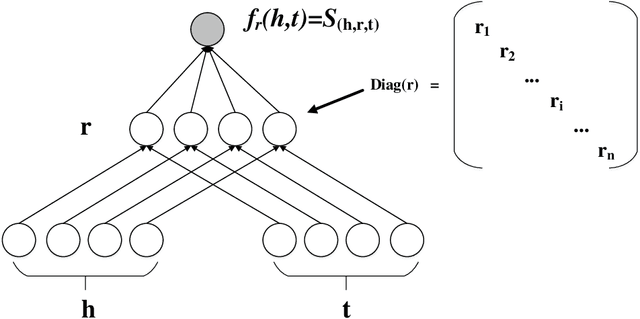
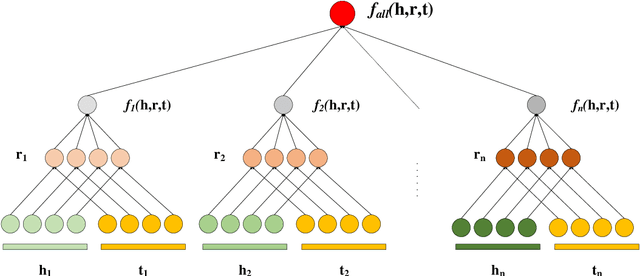
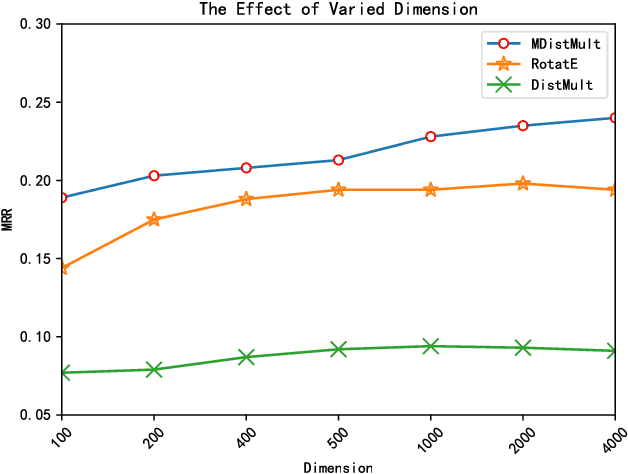
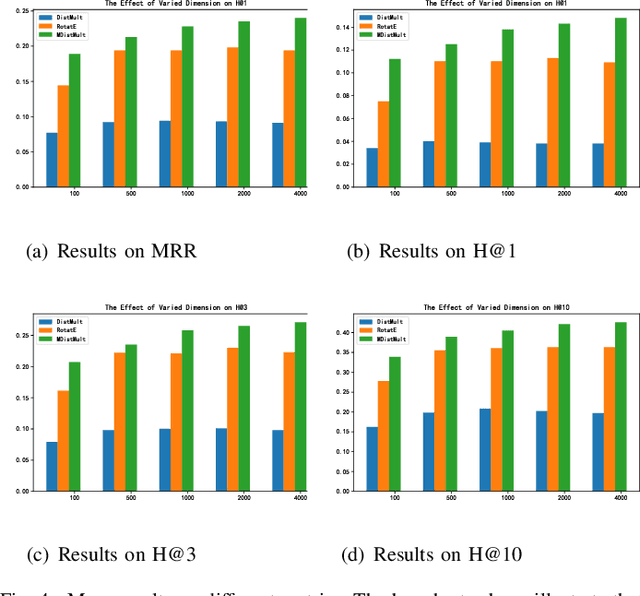
Abstract:Knowledge graphs (KGs) on COVID-19 have been constructed to accelerate the research process of COVID-19. However, KGs are always incomplete, especially the new constructed COVID-19 KGs. Link prediction task aims to predict missing entities for (e, r, t) or (h, r, e), where h and t are certain entities, e is an entity that needs to be predicted and r is a relation. This task also has the potential to solve COVID-19 related KGs' incomplete problem. Although various knowledge graph embedding (KGE) approaches have been proposed to the link prediction task, these existing methods suffer from the limitation of using a single scoring function, which fails to capture rich features of COVID-19 KGs. In this work, we propose the MDistMult model that leverages multiple scoring functions to extract more features from existing triples. We employ experiments on the CCKS2020 COVID-19 Antiviral Drugs Knowledge Graph (CADKG). The experimental results demonstrate that our MDistMult achieves state-of-the-art performance in link prediction task on the CADKG dataset
Topological Centrality and Its Applications
Feb 11, 2009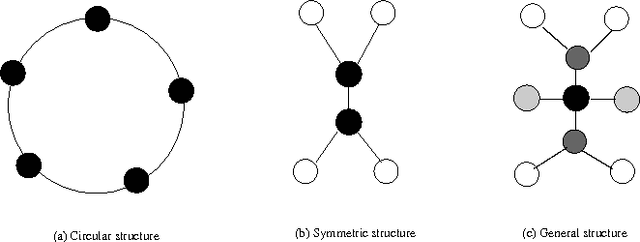

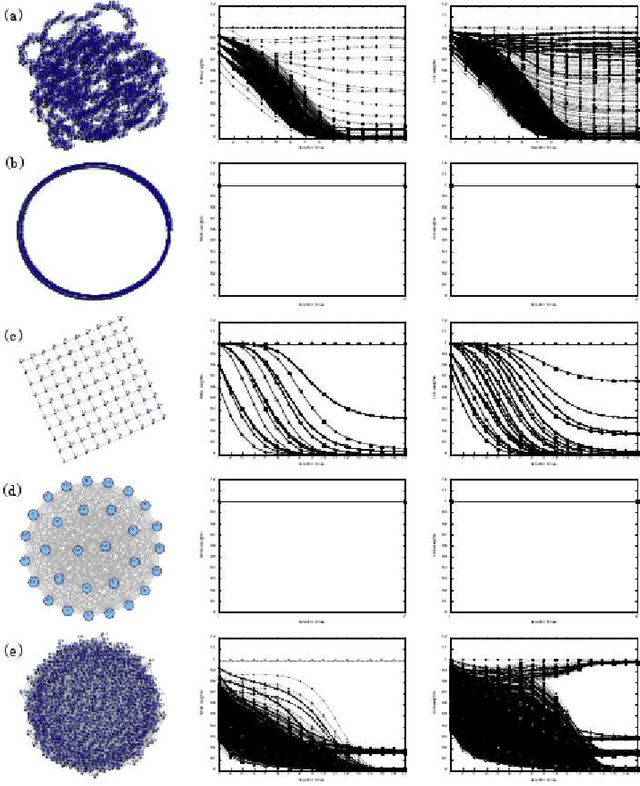
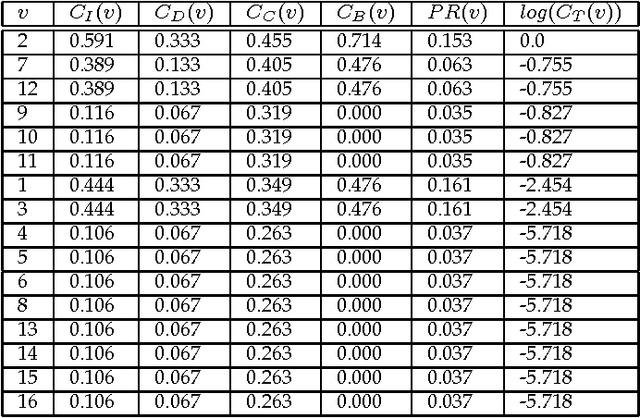
Abstract:Recent development of network structure analysis shows that it plays an important role in characterizing complex system of many branches of sciences. Different from previous network centrality measures, this paper proposes the notion of topological centrality (TC) reflecting the topological positions of nodes and edges in general networks, and proposes an approach to calculating the topological centrality. The proposed topological centrality is then used to discover communities and build the backbone network. Experiments and applications on research network show the significance of the proposed approach.
 Add to Chrome
Add to Chrome Add to Firefox
Add to Firefox Add to Edge
Add to Edge